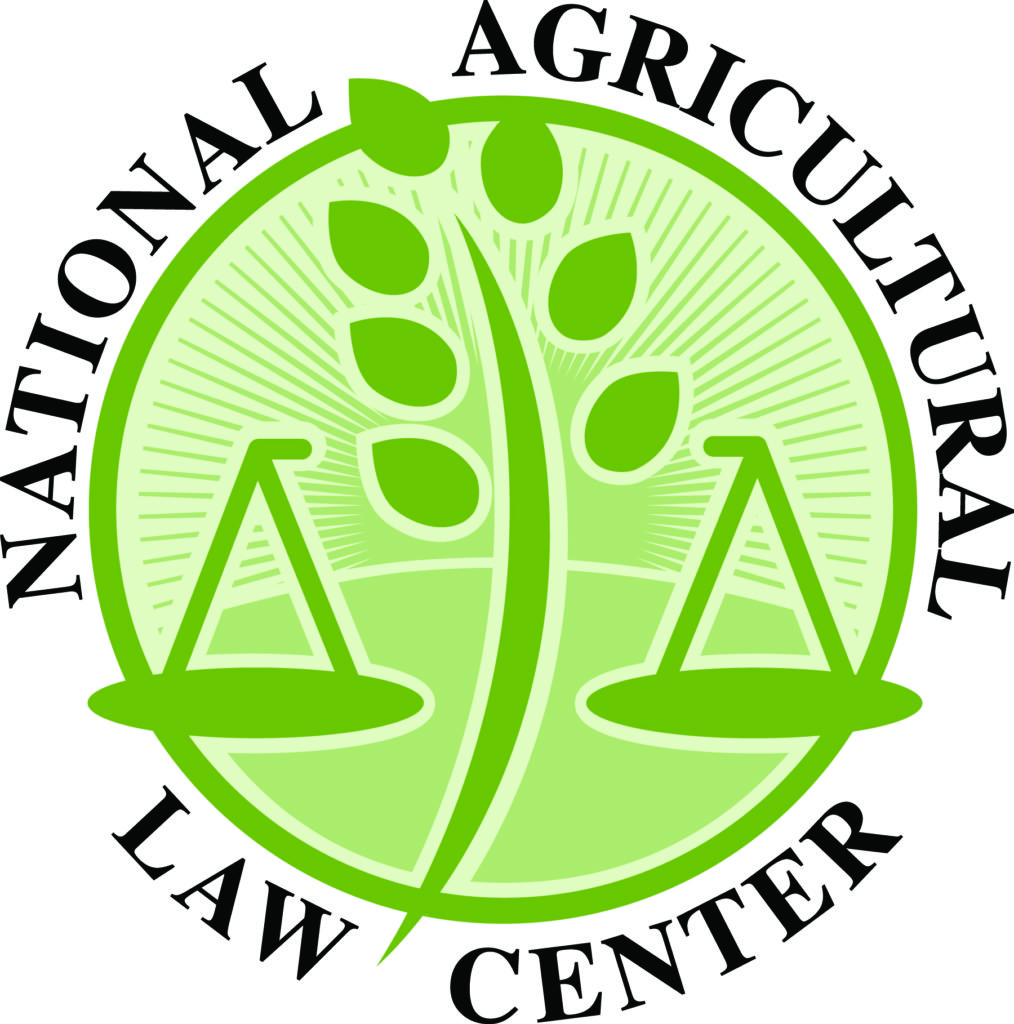JUDICIAL:
KENYON L. FARLEY AND IRENE FARLEY, Appellants, v. UTAH COUNTY, Appellee., 2019 UT App 45: Kenyon L. Farley and Irene Farley (collectively, the Farleys) submitted an application (the Application) to create an agriculture protection area to shield their land from any future zoning decisions and municipal regulations that would interfere with agricultural use. In response to the Application, Utah County’s Board of Commissioners (Utah County) received two modification requests (the Modification Requests), seeking to exclude portions of the Farleys’ land that might be needed to widen roads or install utility lines in the future. After considering the Application and the Modification Requests, Utah County approved a modified application that excluded the challenged portions from the agriculture protection area. The Farleys appealed the decision to the district court, which granted summary judgment in favor of Utah County. The Farleys now appeal the district court’s order, arguing that under state and local law, Utah County lacked discretion to do anything except approve the Application. Court affirms.
Ross v. Acadian Seaplants, Ltd., 2019 ME 45:
This case draws us again into the confluence of public and private property rights within the intertidal zone—this time, to address the ownership of rockweed, a species of seaweed that grows in Maine’s intertidal zone and is often found on the rocky ledges that accent the State’s coastline. Specifically, the court is asked to determine whether rockweed is private property that belongs to the adjoining upland landowner who owns the intertidal soil in fee simple, or property that is held in trust by the State through the jus publicum for the public to harvest.
Acadian Seaplants, Ltd., appeals from a summary judgment entered by the Superior Court (Washington County, Stewart, J.) in favor of Kenneth W. Ross, Carl E. Ross, and Roque Island Gardner Homestead Corporation (collectively, Ross), who are owners of upland property where—without the landowners’ permission—Acadian has harvested rockweed that is attached to the intertidal land. In its judgment, the court declared that rockweed growing in the intertidal zone is the private property of the upland property owners. The court agrees that rockweed in the intertidal zone belongs to the upland property owner and therefore is not public property, is not held in trust by the State for public use, and cannot be harvested by members of the public as a matter of right. Accordingly, the court affirms the judgment.
CALIFORNIA CATTLEMEN’S ASSOCIATION, et al., Plaintiffs, v. UNITED STATES FISH & WILDLIFE SERVICE, et al., Defendants, & CENTER FOR BIOLOGICAL DIVERSITY, et al. Defendant-Intervenors. Additional Party Names: California Farm Bureau Fed’n, California Wool Growers Ass’n, No. 1:17-CV-01536 (TNM), 2019 WL 1382960 (D.D.C. Mar. 27, 2019)
The U.S. Fish and Wildlife Service (“FWS”) designated over 1.8 million acres in California as critical habitat for three amphibian species. The California Cattlemen’s Association, the California Wool Growers Association, and the California Farm Bureau Federation (collectively, the “Cattlemen”) now challenge this designation. They argue that the FWS did not evaluate the effects of the critical habitat designation on “small entities,” as required by the Regulatory Flexibility Act, 5 U.S.C. § 601, et seq. But because the groups lack standing to sue, the Court will dismiss their Complaint for lack of subject matter jurisdiction.
